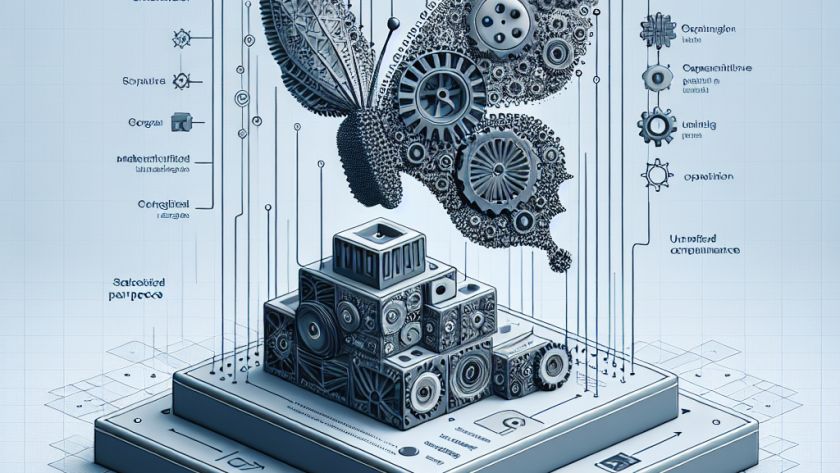In the field of computer vision, developing adaptable models that require minimal human intervention is generating new opportunities for research and use. A key area of focus is using machine learning to enhance the ability of models to switch between tasks efficiently, thereby increasing their flexibility and applicability in various situations.
Usually, computer vision systems require…












